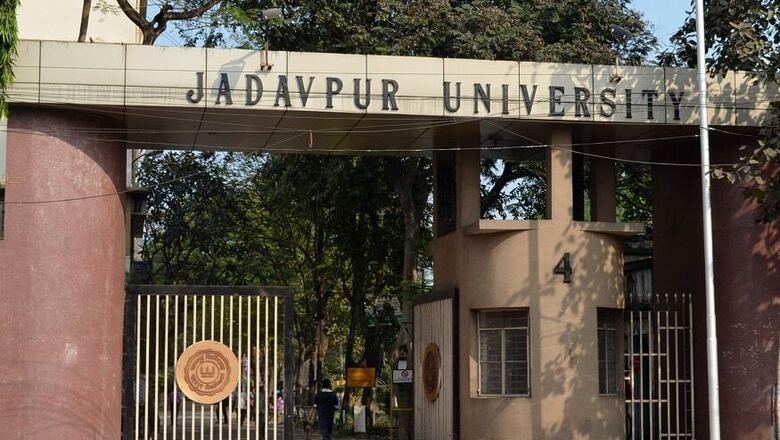
views
New Delhi: The University Grants Commission (UGC) has denied the ‘Institute of Eminence (IoE)’ status to the Ashoka University in Haryana’s Sonepat, KREA University in Andhra Pradesh’s Sri City, Jadavpur University in West Bengal, Azim Premji University in Bengaluru, Indian Institute for Human Settlements in Bengaluru, the and Indian Institute of Public Health in Gandhinagar.
Former Reserve Bank of India (RBI) Governor Raghuram Rajan is the board member of KREA University.
Among other central varsities, the Aligarh Muslim University and Tezpur University have not been selected either as they fall behind in global and national rankings.
The decision was taken on Friday at the 542nd UGC meeting, which considered reports of the Empowered Expert Committee (EEC) under the chairmanship of N Gopalaswami. The committee recommended 15 public institutions and an equal number of private ones for consideration as Institutions of Eminence. While the scheme provides for 10 public and 10 private institutions, the UGC examined the list of 15 public and 15 private institutions.
The UGC has recommended Delhi University, IIT Madras, IIT Kharagpur, University of Hyderabad and the Benaras Hindu University as the IoEs among the public universities. Among private universities, the government will give the tag to OP Jindal University in Sonipat, Shiv Nadar University in Greater Noida, Jamia Hamdard in New Delhi, Amrita Vishwa Vidyapeetham in Bengaluru, VIT Vellore, Kalinga Institute of Industrial Technology in Bhubaneswar, and Satya Bharti Foundation.
The criterion used for determining the status
As per the government statement, certain factors were considered in identifying the institutions, one of them being the place in the ranking. “Since the thrust of the scheme is to prepare institutions for the global rankings, no existing institution which has not figured in any of the global/national ranks shall be recommended for the IoE status,” said the statement.
“Only after exhausting the above criterion, if any slot remains vacant, consideration shall be given to ‘yet to be established (Greenfield)’ proposals,” it added.
Greenfield institutes are those that have not yet started operations. These would get three years to establish and operationalise their institution and, thereafter, the EEC will consider granting them IoE status.
For public institutions, the UGC ranked the list of 15 recommendations as per the QS-2020 World Rankings. In case of a tie, the UGC used the QS-2019 India Rankings. In the case of the Aligarh Muslim University and Banaras Hindu University, while both had the same QS World Ranking 2020, BHU scored over AMU in 2019.
For private institutions, “the UGC has ranked the list of the 15 private institutions recommended by the EEC by taking their ranking in the QS India or NIRF rankings, and the NIRF ranking has been used as tie-breaker. In case there is any vacant slot after considering all the ranked institutions, the same was used for ‘yet to be set up (greenfield)’ institution”, it said.
In case of private institutions proposed as Institutions of Eminence, there will be no financial support, but they will be entitled to more autonomy as a special category Deemed University.
For state universities
State universities like Jadavpur University and Anna University can be considered for the IoE status only after their respective state governments issue an official communication allocating their share of the funds (up to 50%).
















Comments
0 comment